Turks and Caicos Mosquito Information
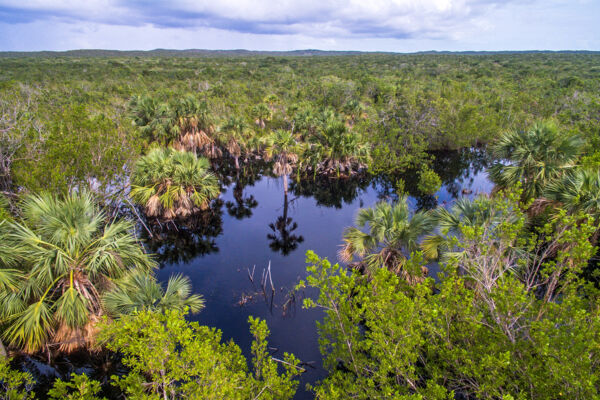
As a tropical country, the Turks and Caicos experiences mosquitoes in certain areas and at certain times of the year. For the most part, mosquitoes are only an issue after the heavy rains that accompany tropical cyclones during the late summer and autumn hurricane season.
The Turks and Caicos consists of relatively small islands and experiences one of the lowest annual rainfall averages in the tropical Atlantic and Caribbean region. Due to these reasons, sheltering vegetation and natural bodies of freshwater are quite limited, and hence mosquitoes are not quite as established here as they are in other surrounding countries.
Seasons and Weather Conditions
Mosquito populations in the Turks and Caicos are highly dependent on rainfall patterns. During the summer to autumn hurricane season, flooding from tropical cyclones will cause the emergence of mosquitoes, which will usually subsist in varying amounts across the country until the windier November and December months.
Preventing Mosquito Bites
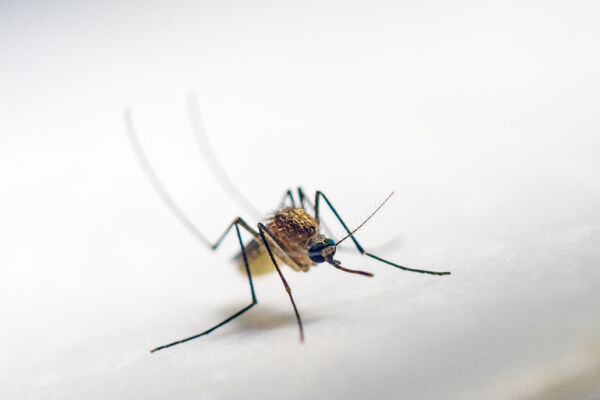
Mosquito bites can largely be avoided if a few precautions are taken. Foremost is simply to avoid the regions in the country and months of the year when the pests are prevalent.
Time of day also greatly affects the likelihood of encountering mosquitoes, with early morning, evening, and night seeing the highest numbers.
The common and obvious precautions, including long sleeve clothing and insect repellent, go a long way to reducing the likelihood of bites. Repellent with a high DEET content is typically the most effective of common sprays.
Due to the scarcity of air conditioning, mosquito incense coils are often found in accommodations on the less-populated islands such as North and Middle Caicos, South Caicos, and Salt Cay. These slow-burning coils put off very light smoke and are marginally effective at keeping mosquitoes away.
In the Wilds
When adventuring off the beaten path, such as when camping on an uninhabited island, we advise packing mosquito head nets, long sleeve clothing, and effective insect repellent. These items are very inexpensive to purchase, yet are invaluable when required!
Affected Regions
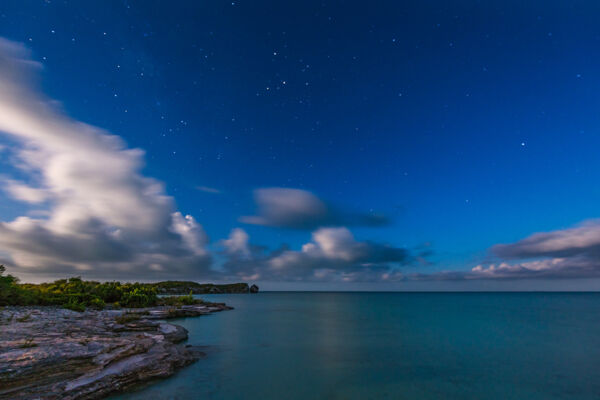
As might be expected, the different regions and islands in the Turks and Caicos experience drastically varying levels of mosquitoes.
Providenciales
The main tourism island of Providenciales typically fares quite well. The pests are usually only experienced after heavy rains and tend to subside quickly, especially on the island’s central and eastern sides where the majority of the tourism infrastructure is found.
The remote and wild west coast, where the expansive wetlands of Frenchman’s Creek and Northwest Point are found, can be heavily impacted after rains.
Residential and villa regions exposed to the trade winds, such as Turtle Tail and Silly Creek, see far fewer mosquitoes than sheltered areas such as Leeward, The Bight, and Turtle Cove.
Grand Turk and Salt Cay
Due to their limited size, general lack of sheltering vegetation, and exposure to the constant eastern trade winds, Grand Turk and Salt Cay rarely see large numbers of mosquitoes.
Pine Cay and Parrot Cay
The privately-owned and tranquil Pine Cay and Parrot Cay unfortunately do have a bit of a problem at times with both mosquitoes and the equally obnoxious no-see-ums (biting midges).
Spraying and fogging conducted by the resorts does greatly reduce the number of insects, however, mornings and evenings can be unpleasant at times.
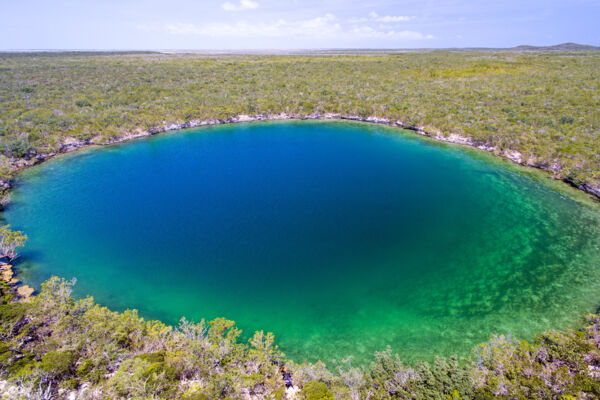
North Caicos and Middle Caicos
After the seasonal heavy rains, North and Middle Caicos can have significant mosquito problems, and unfortunately, unlike on Providenciales, nearly all areas on both islands are affected when there is an outbreak.
East Caicos
Uninhabited, East Caicos consists largely of wetlands and at times can experience truly breathtaking numbers of mosquitoes. After the flooding of the late summer and early autumn hurricane season, any site on East Caicos other than a beach or hilltop directly exposed to a strong breeze will be swarming with the pests.
Full mosquito nets, long sleeves, gloves, and repellent are required when exploring or camping on the island.
Mosquito-Borne Diseases
Three viral mosquito-borne diseases, transmitted by the Aedes aegypti mosquito, are either found in the Turks and Caicos, or have been detected in the country within the previous ten years. All three are found at locations throughout the tropics, and may be asymptomatic in many cases. In infected adult cases where symptoms are displayed, effects from these diseases may be one or more from a range of common fever symptoms, including fever and high temperature, rash, joint pain, conjunctivitis, muscle pain, and headache.
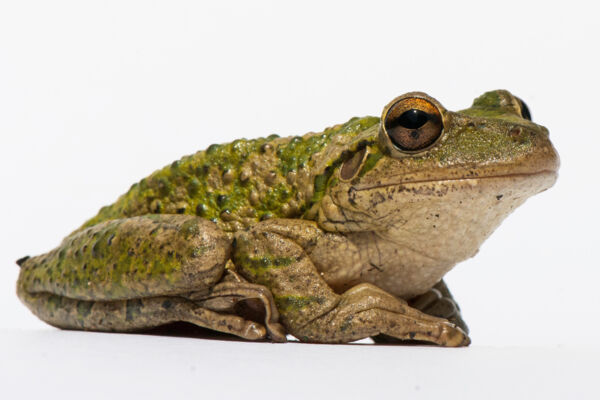
It’s important to understand disease vectors and the transmission process. In the case of many viral diseases that are transmitted by mosquitoes, the virus perpetrates in various ways, including by a mosquito biting a virus carrier and then transmitting it to another, and in some cases, through an infected mosquito’s offspring.
The three viral infections discussed here are generally not dangerous for healthy adults, however, serious complications may arise with pregnant women, young children, the elderly, and those with certain underlying conditions. There are currently no commonly available (approved by the U.S. Food and Drug Administration or the European Medicines Agency) vaccines or other preventive medicines for the diseases.
Zika
Zika cases have been detected in the Turks and Caicos, and transmission by mosquitoes is suspected to have occurred in at least a few cases in mid-2016. Increased fogging and mosquito breeding conditions removal have been conducted in response.
As per the Center for Disease Control’s recommendations, women who are pregnant or are likely to become so should consider avoiding areas where the Zika virus is found, which includes much of the Caribbean, Central, and South America, and certain areas in the United States. The chances of transmitting Zika in the Turks and Caicos may be low, however, the possible associated birth defects and microcephaly are significant considerations.
Dengue Fever and Chikungunya
Both of these viruses can cause typical fever symptoms, and, similar to Zika, many infected persons may be asymptomatic. Like the common cold, these viral infections are typically only dangerous in rare cases, for example in those with a weakened immune system or other underlying conditions.
Sand Fleas and No-See-Ums (Biting Midges)
Commonly known locally as no-see-ums, sand fleas, or sandflies, these tiny, irritating, and highly localized insects are found on some of the sheltered beaches and coastal areas in the country. They are in fact biting midges (Ceratopogonidae family). Like clockwork, no-see-ums hide during the day and emerge only an hour or two before sunset.
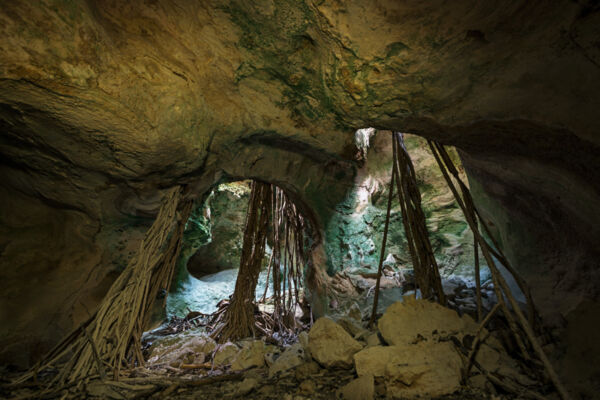
It’s important to be aware that what’s commonly referred to in the Turks and Caicos as sand fleas are different and unrelated to both the parasite type of flea that infests animals, the chigoe flea (jigger), and the crustacean namesakes.
These insects tend to mainly be out and about in the early morning or late afternoon/evening, and are generally only a nuisance at distinct locations and beaches, examples including Sandy Point on North Caicos, West Harbour Bluff, and Taylor Bay on Providenciales, and on the beaches on the cays between Middle Caicos and Providenciales.
Typically, bites are painful and similar to a mosquito, however, itchy symptoms usually subside within hours. Except for mosquito nets (sand fleas easily fit through the screen), the typical mosquito precautions and repellents are suitable for sand fleas.
When camping on the beach, keep in mind that the screens on the entrances and vents of many tents do not keep out sand fleas. We recommend either temporarily adding extra material over the screens, or selecting a tent that allows the screens to be closed off.
Fogging and Spraying
After significant rainfall, the Turks and Caicos Department of Environmental Health conducts fogging in the majority of the populated regions in the country.
Since the detection of some of the mosquito-borne diseases in the islands, government inspections on private land and residences for standing water, primarily in disused plastic containers and tires, also takes place.
